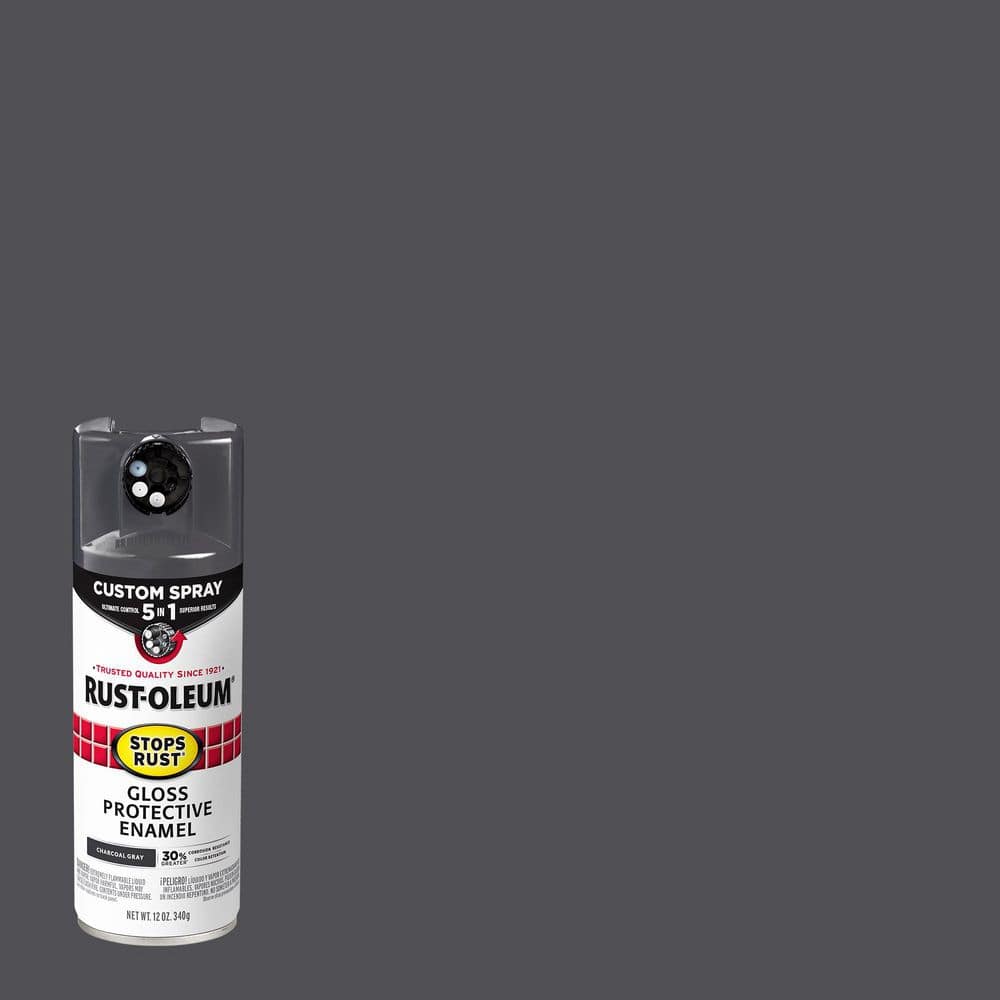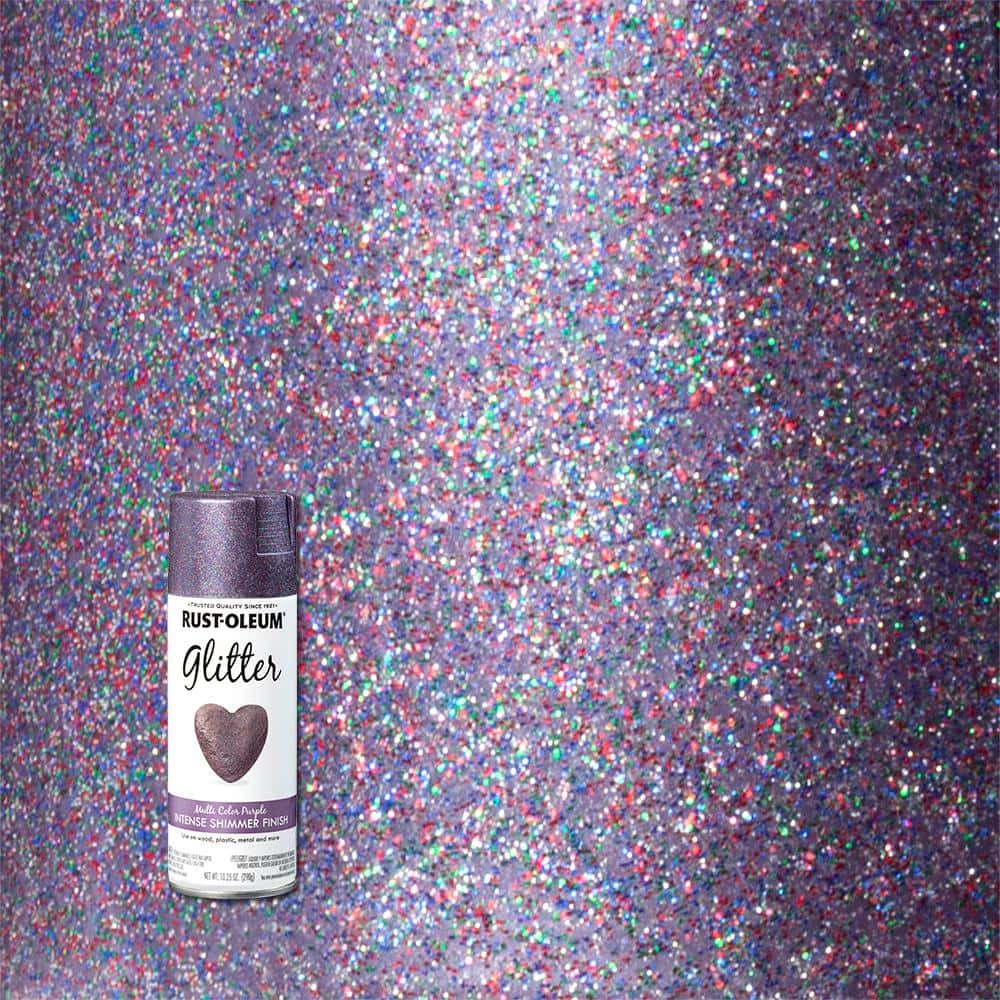Spray Paint For Furniture Home Depot

The humble can of spray paint, once relegated to graffiti art and quick DIY fixes, is experiencing a renaissance in home décor, with Home Depot at the forefront of this transformative trend. Fueling this surge in popularity is the desire for affordable, personalized furniture makeovers, but questions linger about the durability and environmental impact of this readily accessible medium.
This article delves into the rising popularity of spray paint for furniture revitalization, examining the factors driving its appeal, analyzing the range of products offered by Home Depot, and assessing the potential benefits and drawbacks for both consumers and the environment. It will explore expert opinions on best practices, discuss alternative options, and consider the long-term sustainability of this do-it-yourself phenomenon.
The Allure of Spray Paint: Affordability and Accessibility
Spray paint's popularity stems from its affordability and ease of use. Compared to professional refinishing or purchasing new furniture, a few cans of spray paint offer a budget-friendly alternative. The wide availability of spray paint at retailers like Home Depot further contributes to its accessibility.
Home Depot stocks a vast array of spray paint brands and finishes, catering to diverse aesthetic preferences. From classic matte to shimmering metallic, the options seem endless, empowering homeowners to personalize their furniture with ease. This democratization of design is a key driver of the trend.
Home Depot's Role in the Spray Paint Revolution
Home Depot has actively embraced this trend, showcasing spray paint projects in its marketing materials and offering workshops on furniture refinishing. This strategic approach positions them as a resource for DIY enthusiasts, further solidifying their dominance in the home improvement market.
The company’s website features numerous tutorials and project guides, demonstrating how to use spray paint to transform outdated furniture. This educational content empowers customers and encourages experimentation.
Benefits and Drawbacks: A Balanced Perspective
The advantages of using spray paint for furniture are clear: it's quick, cost-effective, and allows for creative expression. However, there are also potential downsides to consider.
Durability is a primary concern. While some spray paints offer enhanced durability and UV protection, the finish may not be as robust as professionally applied coatings. Proper surface preparation is crucial for achieving a long-lasting result.
Environmental Considerations
The environmental impact of spray paint is another significant factor. Many spray paints contain volatile organic compounds (VOCs), which can contribute to air pollution.
However, manufacturers like those sold at Home Depot are increasingly offering low-VOC and water-based options, mitigating some of these concerns. Consumers are becoming more aware of these choices and actively seeking environmentally friendly alternatives.
Expert Advice and Best Practices
Professionals emphasize the importance of proper ventilation when using spray paint. Working outdoors or in a well-ventilated space is essential to minimize exposure to harmful fumes.
They also recommend wearing a respirator mask and protective gloves. Thorough surface preparation, including sanding and priming, is crucial for achieving a smooth and durable finish.
"Preparation is key to a successful spray paint project," says Maria Rodriguez, a local furniture restorer. "Don't skip the sanding and priming steps. It makes all the difference."
Alternatives and the Future of Furniture Refinishing
While spray paint offers a convenient solution, it's not the only option for furniture refinishing. Traditional painting methods, using brushes and rollers, offer greater control and may be more suitable for certain projects.
The trend towards sustainable and eco-friendly materials is likely to influence the future of furniture refinishing. As consumers become more environmentally conscious, demand for low-VOC paints and other sustainable alternatives will continue to grow. Home Depot will likely play a crucial role in facilitating this transition.
Conclusion: A Lasting Trend?
The rise of spray paint for furniture revitalization is a testament to the power of DIY culture and the desire for affordable personalization. While challenges remain regarding durability and environmental impact, ongoing innovation and increased consumer awareness are paving the way for a more sustainable and satisfying experience. Home Depot, with its wide product selection and commitment to education, is well-positioned to continue shaping this evolving trend.

)
















